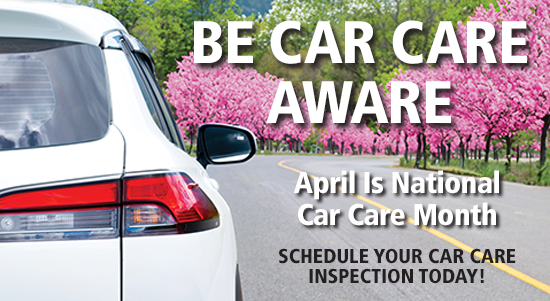| One of the most vital components to a properly functioning vehicle is the ‘Check Engine’ light. It alerts the driver to a variety of potential problems based on the vehicle’s onboard diagnostic system. When the ‘Check Engine’ light comes on, it means that some system in your vehicle, including ignition, fuel injection or emission control, is not operating at peak performance, even if your vehicle appears to you to be running normally. According to the Car Care Council, a glowing ‘Check Engine’ light doesn't mean you have to immediately pull the car over to the side of the road, but it does mean you should get the car checked out as soon as possible. Ignoring the warning light could severely damage engine components and incur additional repair expenses. If your ‘Check Engine’ light comes on, first check the gas cap to make sure it wasn’t left loose after refueling. Sometimes this can trigger the ‘Check Engine’ light. If the cap was loose, the light should go out after a few short trips. If the gas cap wasn’t the problem and the light remains on steady, have the system checked out as soon as possible. A light that flashes requires more prompt attention, indicating a more severe condition that must be checked out immediately to prevent damage to the catalytic converter. When you experience a flashing light, minimize driving at high speeds or under heavy loads. When scheduling service, make sure the automotive shop that diagnoses your car has professional technicians who are properly trained and certified for OBDII diagnosis and repair. The technician will connect your vehicle's computer to a diagnostic computer, which will provide a “trouble” code indicating why the ‘Check Engine’ light was activated. While the diagnostic computer is connected to your car, the technician can check the idle speed, throttle response, engine temperature, fuel system pressure, manifold vacuum, exhaust emission levels and many other key indicators. Once the problem is diagnosed and fixed, your car's computer makes sure everything is back to normal, and then turns off the ‘Check Engine’ light. The Car Care Council recommends reading your vehicle owner's manual and familiarizing yourself with the purpose of the ‘Check Engine’ light and every other gauge and warning indicator on your dashboard. The Car Care Council is the source of information for the “Be Car Care Aware” consumer education campaign promoting the benefits of regular vehicle care, maintenance and repair to consumers. For more information, visit www.carcare.org . |
Tuffy
Menu




